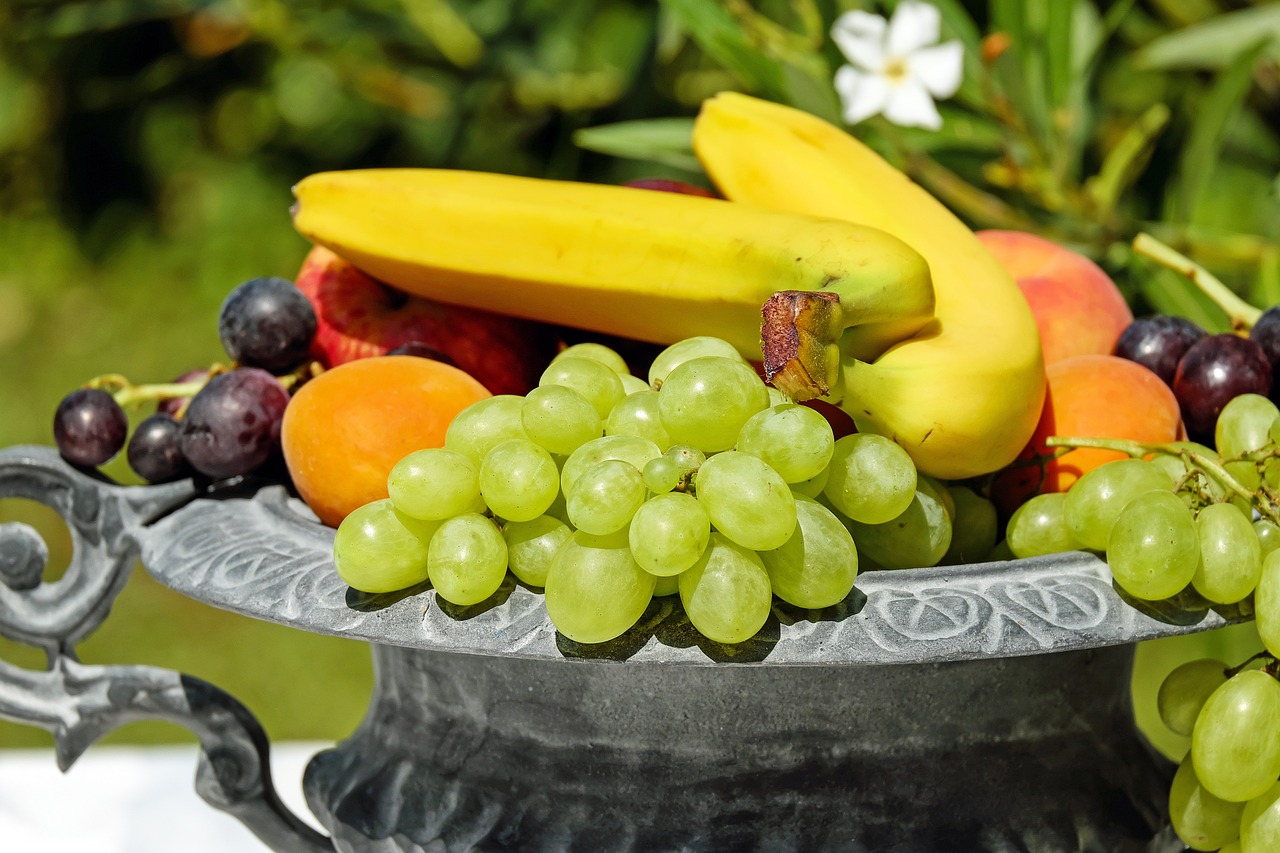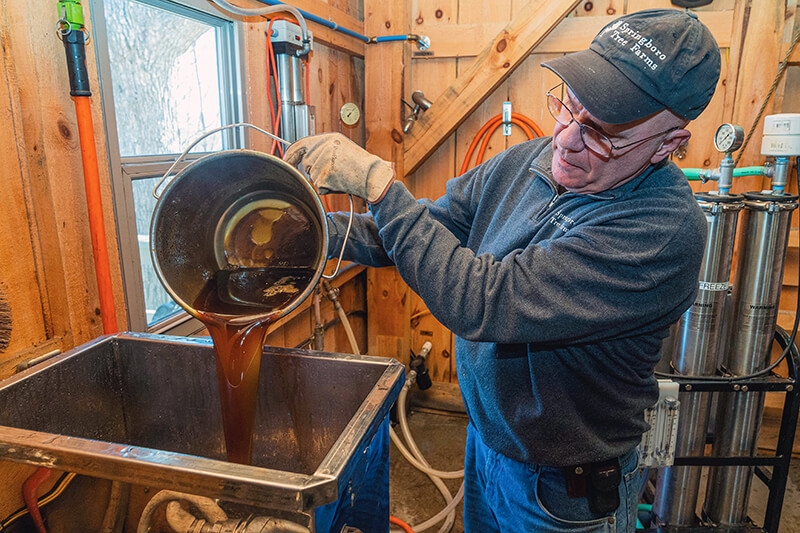Full of Beans: Henry Ford Grows a Car
Students identify the variety of soybeans uses for human consumption, livestock feed, and industrial products, explain how key historical events affected soybean production in the United States, and create a bioplastic made from soybeans.

